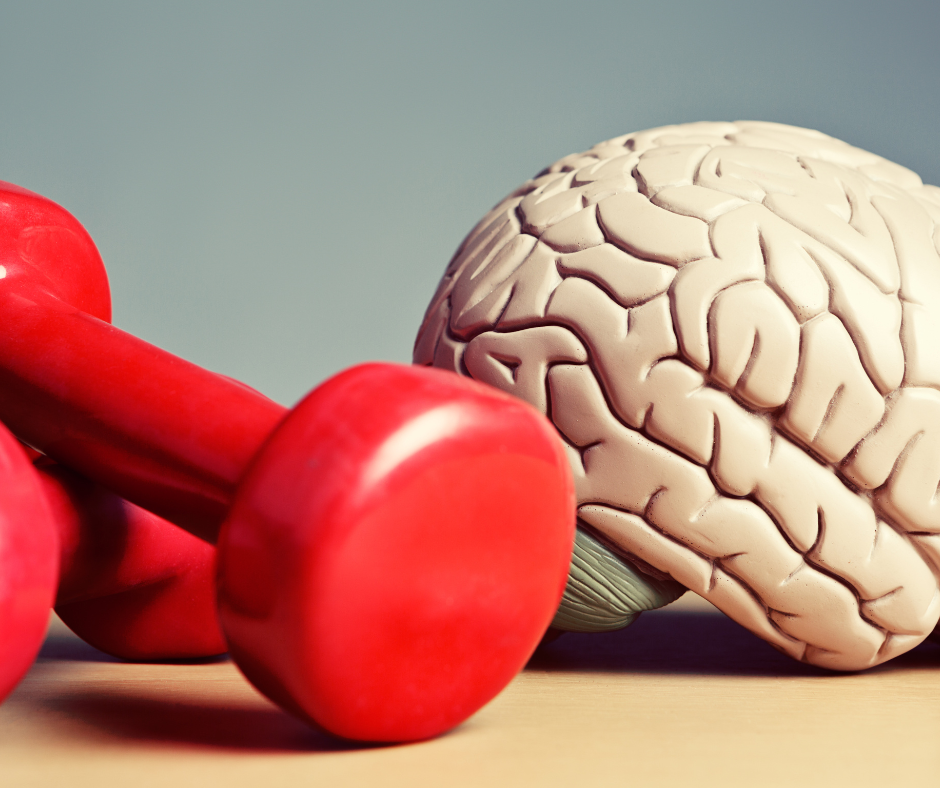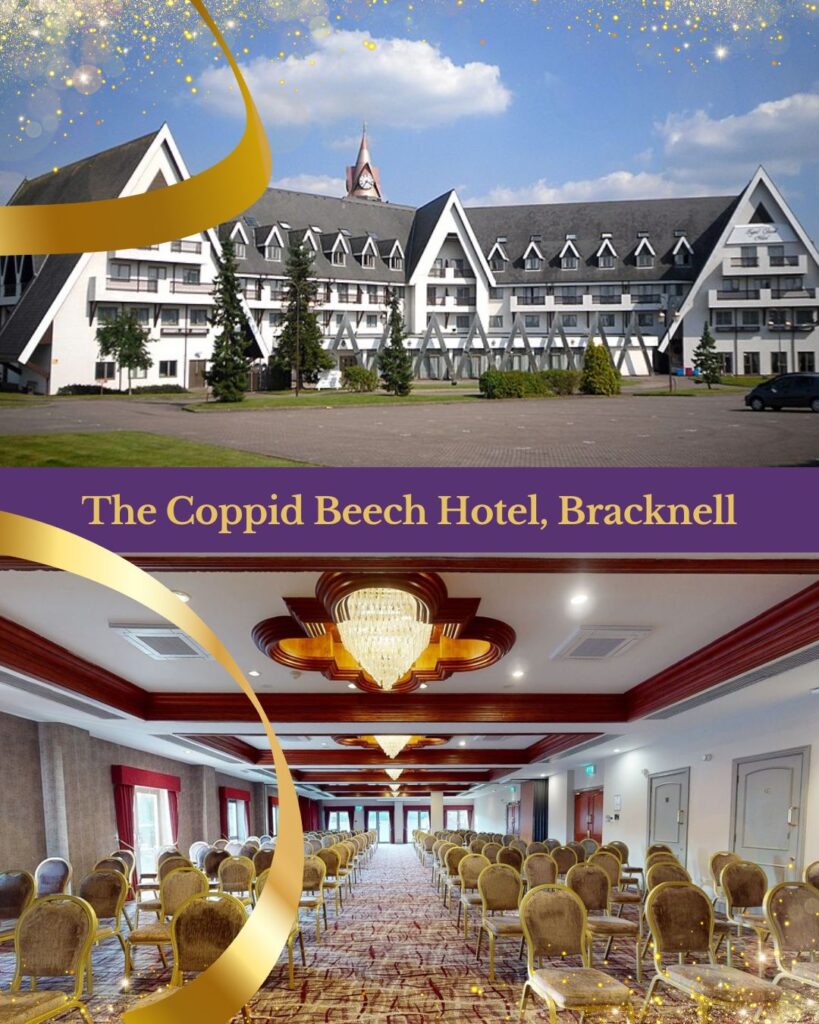Exercise Improves Brain Health at a Cellular Level
In the realm of natural healthcare, we’ve long understood the intricate dance between physical wellbeing and mental acuity. Now, groundbreaking research is shedding new light on how exercise acts as a fountain of youth for our brains, offering a powerful tool in our quest for holistic health.
In this article we examine the fascinating breakthroughs that have only just been published and we also bring you some extremely useful suggestions for ways in which we can all benefit from particularly useful exercises that positively impact cognitive health and brain function.
We have also included our thoughts about ways in which we, as natural health professionals, can integrate appropriate exercise approaches into our therapeutic care for our clients.
The Molecular Marvels of Movement
Recent studies have peeled back the layers of how exercise influences our bodies at the cellular level, revealing a complex tapestry of biological benefits. A landmark study published in Nature1, led by Stanford Medicine, has mapped nearly 10,000 measurements across 20 types of tissues in lab rats, following an 8-week endurance training programme.
The findings are nothing short of remarkable. Exercise profoundly impacts the immune system, stress response, energy production, and metabolism. It influences genes and molecules known to play crucial roles in disease risk and tissue recovery. Perhaps most intriguingly, the study uncovered significant sex differences in how male and female bodies respond to exercise, particularly in mitochondrial gene expression in the adrenal glands.
Rejuvenating the Brain’s Immune Cells
Complementing these findings, researchers from The University of Queensland have uncovered how exercise might slow cognitive decline as we age. Their study, published in Aging Cell2, revealed that exercise can revert the gene expression patterns of aged microglia – the brain’s immune cells – to patterns resembling those of younger cells.
This rejuvenation of microglia appears to be crucial for the creation of new neurons in the hippocampus, a brain region vital for memory, learning, and emotion. The study also found that regular exercise can reduce the presence of T cells in the ageing hippocampus, potentially mitigating age-related cognitive decline.
Strengthening Neural Connections
Exercise doesn’t just work on a cellular level; it has tangible effects on brain structure and function. Ryan Glatt, a senior brain health coach, explains that physical activity enhances synaptic plasticity, improves blood flow, reduces inflammation, and increases the expression of neurotrophic factors like Brain Derived Neurotrophic Factor (BDNF). These effects combine to improve memory, learning, and overall brain health.
Practical Applications for Healthcare Practitioners
As complementary medical professionals, we’re uniquely positioned to harness these insights for the benefit of our patients. Here are some practical ways to incorporate brain-boosting exercise into treatment plans:
- Tailored Exercise Prescriptions: Consider each patient’s age, fitness level, and health status when recommending exercise routines.
- Combine Physical and Cognitive Challenges: Activities like dance, tai chi, or sport-specific drills can engage both body and mind.
- Emphasise Consistency: Encourage regular, moderate exercise rather than sporadic intense workouts.
- Educate Patients: Share the brain health benefits of exercise to increase motivation and compliance.
- Monitor Progress: Use cognitive assessments alongside physical markers to track improvements.
- Collaborate with Other Professionals: Partner with physiotherapists or personal trainers to create comprehensive exercise plans.
Supporting Patients in Their Exercise Journey
- Start Small: Encourage patients to begin with short, manageable sessions and gradually increase duration and intensity.
- Find Joy in Movement: Help patients discover activities they enjoy, whether it’s gardening, swimming, or dancing.
- Set Realistic Goals: Work with patients to establish achievable milestones that boost confidence and motivation.
- Address Barriers: Identify and overcome obstacles to regular exercise, such as time constraints or physical limitations.
- Utilise Technology: Recommend fitness apps or wearables to track progress and maintain motivation.
- Create Accountability: Suggest exercise buddies or group classes to foster commitment and social support.
- Integrate Mindfulness: Encourage patients to focus on bodily sensations and breath during exercise, enhancing the mind-body connection.
Final thoughts
As natural healthcare practitioners, we have a unique opportunity to empower our patients with the transformative benefits of exercise for brain health. Let’s commit to integrating this knowledge into our practice, continually educating ourselves on the latest research, and guiding our patients towards vibrant cognitive health through the power of movement. By embracing the profound connection between physical activity and cognitive vitality, we can help our patients unlock new levels of wellbeing and resilience. Let’s move forward together, one step at a time, towards a future of healthier, sharper minds.
Further Reading:
- “The Neuroscience of Exercise: From Neurobiology to Mental Health” – Eduardo Matta Mello Portugal, Thais Cevada, Renato Sobral Monteiro-Junior, Thiago Teixeira Guimarães, Ercole da Cruz Rubini, Eduardo Lattari, Charlene Blois, Andrea Camaz Deslandes; Neuroscience of Exercise: From Neurobiology Mechanisms to Mental Health. Neuropsychobiology 1 July 2013; 68 (1): 1–14. https://doi.org/10.1159/000350946
- “Exercise for Brain Health: An Investigation into the Underlying Mechanisms” – Cabral DF, Rice J, Morris TP, Rundek T, Pascual-Leone A, Gomes-Osman J. Exercise for Brain Health: An Investigation into the Underlying Mechanisms Guided by Dose. Neurotherapeutics. 2019 Jul;16(3):580-599. doi: 10.1007/s13311-019-00749-w. PMID: 31197642; PMCID: PMC6694330.
- “The Effects of Exercise on the Aging Brain: From Molecules to Behavior” Exercise, cognition, and the aging brain Arthur F. Kramer, Kirk I. Erickson, and Stanley J. Colcombe Journal of Applied Physiology 2006 101:4, 1237-1242
- “Rewind Your Body Clock: The Complete Natural Guide to a Happier, Healthier, Younger You”- Jayney Goddard Paperback AudioBook Kindle
- “Weightless – Compassionate Weight Loss for Life”, Dr Frank Sabatino Paperback
References
1 MoTrPAC Study Group., Lead Analysts. & MoTrPAC Study Group. Temporal dynamics of the multi-omic response to endurance exercise training. Nature 629, 174–183 (2024). https://doi.org/10.1038/s41586-023-06877-w
2 Chauquet, S., Willis, E. F., Grice, L., Harley, S. B. R., Powell, J. E., Wray, N. R., Nguyen, Q., Ruitenberg, M. J., Shah, S., & Vukovic, J. (2024). Exercise rejuvenates microglia and reverses T cell accumulation in the aged female mouse brain. Aging Cell, 00, e14172. https://doi.org/10.1111/acel.14172


